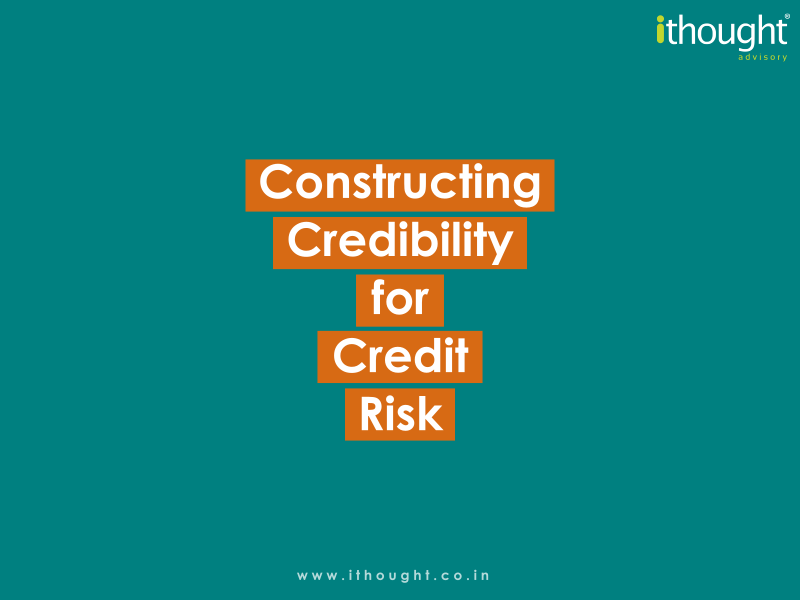
Janus is the Roman God of new beginnings. It seems appropriate to talk about Janus during the month that’s named after him. Interestingly, Janus has two heads – one faces forward symbolising new beginnings and the other looks back into the past.

Be aware of what lies in the past and open to what lies ahead. Be more like Janus!
This image of Janus was taken from https://commons.wikimedia.org/wiki/File:Statue_of_Janus_%E5%82%91%E7%BA%B3%E5%A3%AB%E5%83%8F_-_panoramio.jpg All credit goes to the author of this image. The image has been modified to hold a caption relevant to this blog.
As investors, we often turn back before we take a step forward. Often, looking at the past doesn’t paint a very bright future. Debt investors who look back into the events of the last couple of years could very easily attest to that. But are things as bleak as they appear to be, or could there be opportunities in 2020?
Recency Bias
The list of downgrades since 2018 is alarming. We had IL&FS, Dewan, Zee, CG Power, Sintex, Altico, and most recently Vodafone Idea. But, how much of this was a surprise to the astute investor? Many top mutual funds avoided lending to IL&FS prior to the crisis. The same held true for Dewan. We broke this down in an earlier piece, you can read it here. Only a few were caught unawares on Zee – and almost all debt has been repaid. The financial woes of the telecom sector are nothing new, any default should not come as a surprise.
Recency Bias is the tendency to remember the most recent events when forming judgments. The term “Credit Risk” only seems to bring back the bad memories from 2018 onwards. Very few investors remember being gung-ho about credit risk and credit opportunities before that.
Loss Aversion
“Rule No. 1: Never lose money.
Rule No. 2: Never forget rule No.1”
~ Warren Buffett
Another consequence of recency bias is loss aversion. This is a phenomenon where losing money seems more painful than making a profit. When a default occurs, a debt fund loses value as it must write off the expected cash flows from those papers. So, debt fund investors must choose between absorbing a loss immediately or holding on until things become better. The prospect of realizing a loss puts many retail investors off and they choose to hold on. When bad news trickles, institutional investors are the first to walk out. Mutual funds meet redemption pressures by selling their most valued and liquid holdings first. Unfortunately, those who stick on are holding on to even more toxic investments. The concept of segregated portfolios works in favour of retail investors.
What do FD investors want?
Fixed Deposit investors are looking only for two things – predictable returns and safety of capital. Investors need to understand that no other product in the market can offer guaranteed returns. Somehow investors feel more cheated by a fixed deposit that offers lower returns with almost no risk than by deposits offering “unbeatable” returns with the highest level of risk.
Anchored Expectations
The irony in risk management is that it’s easier to understand returns. Almost all investors focus only on the risk of not earning enough. Fixed deposit investors gravitate towards risk because of anchored double-digit return expectations. A determined investor migrates from fixed deposits into credit funds with high YTMs. The YTM (Yield To Maturity) represents only the potential return if an investor holds until maturity. Most investors don’t see the flip side of high YTMs.
Companies willing to pay substantially higher interest rates are under more financial pressure and are unlikely to have decent credit ratings. Naturally, there is more risk. The question every investor must ask is whether the risk is worth it.
Risk Management
A common misconception about investing in debt is that it’s a no brainer. In the following piece, we’ll look at why having a debt advisor is essential. Unlike equity, where winning a few times is enough, debt is a game of precision. You must get it right every time. Lower returns trump losing money.
In debt the risks are manifold. You may be lending to a company with poor credit quality. This could mean that you may not get your money back or that you may get it back much later than you expected to. You may have money parked in an illiquid bond – which means you may not have access to your money when you need it. You may take a wrong directional call on interest rates. Either this means that you lose the opportunity to make money when interest rates fall, or you’re stuck on the wrong end when the cycle turns.
Credit Risk
Buying into lower-quality bonds offers higher returns because:
1. These companies are capital hungry and are willing to pay more
2. Some of their credit ratings may get upgraded
Quality AA papers are trading at a premium of 3.5% – 4% to the G-Sec. An acceptable premium would be around 2%. The spread points to sour sentiment and clear mispricing. A little bit of calculated credit risk could give you that extra bit of return. You must always go where the mispricing is for smarter returns. Smart and selective risk-taking is crucial. With credit – you must be prepared to walk out when you see the first red flag because protecting your investments is always the priority.
It’s time for us to be more like Janus – being aware of what lies in the past and open to what lies ahead.